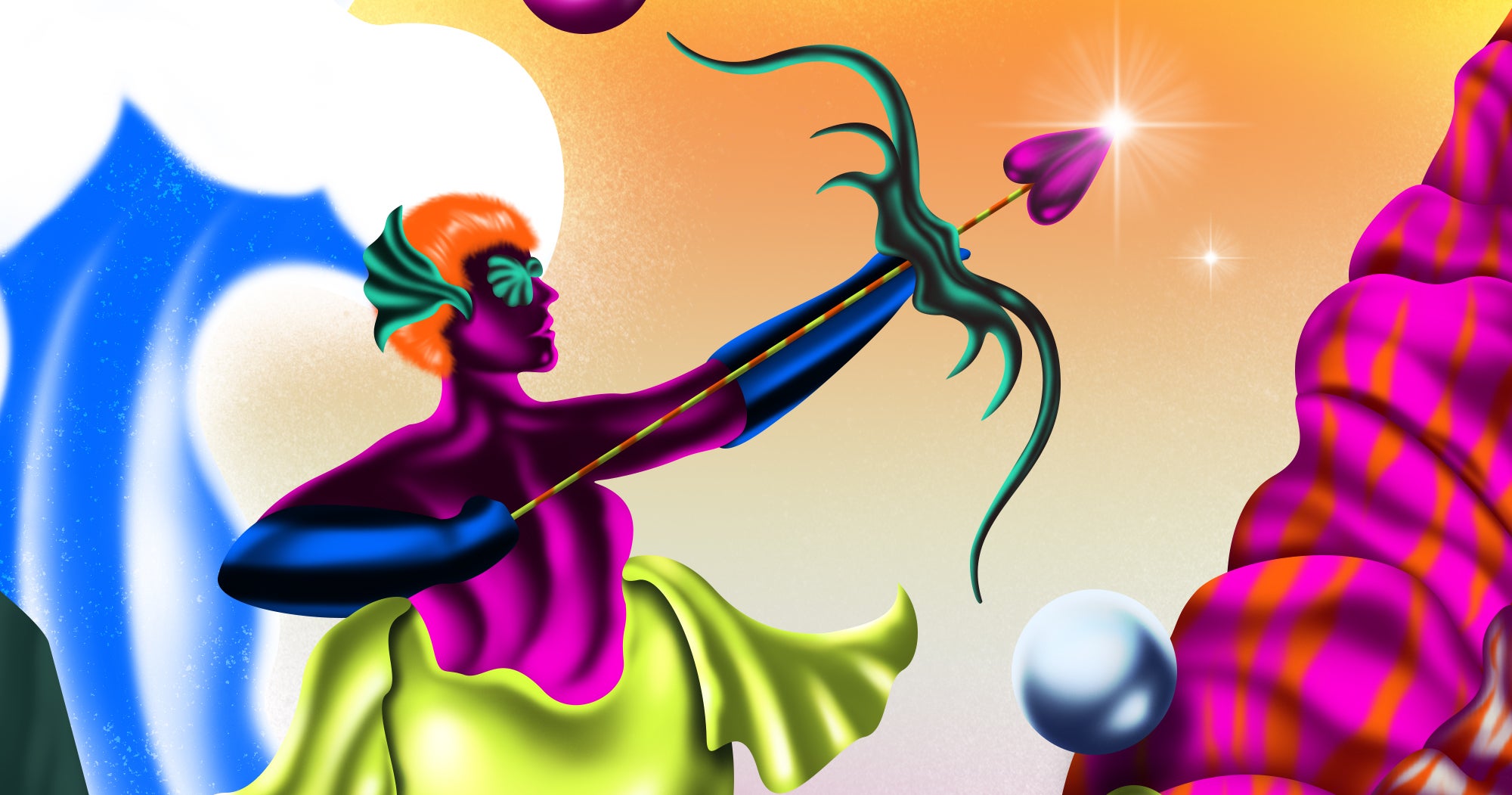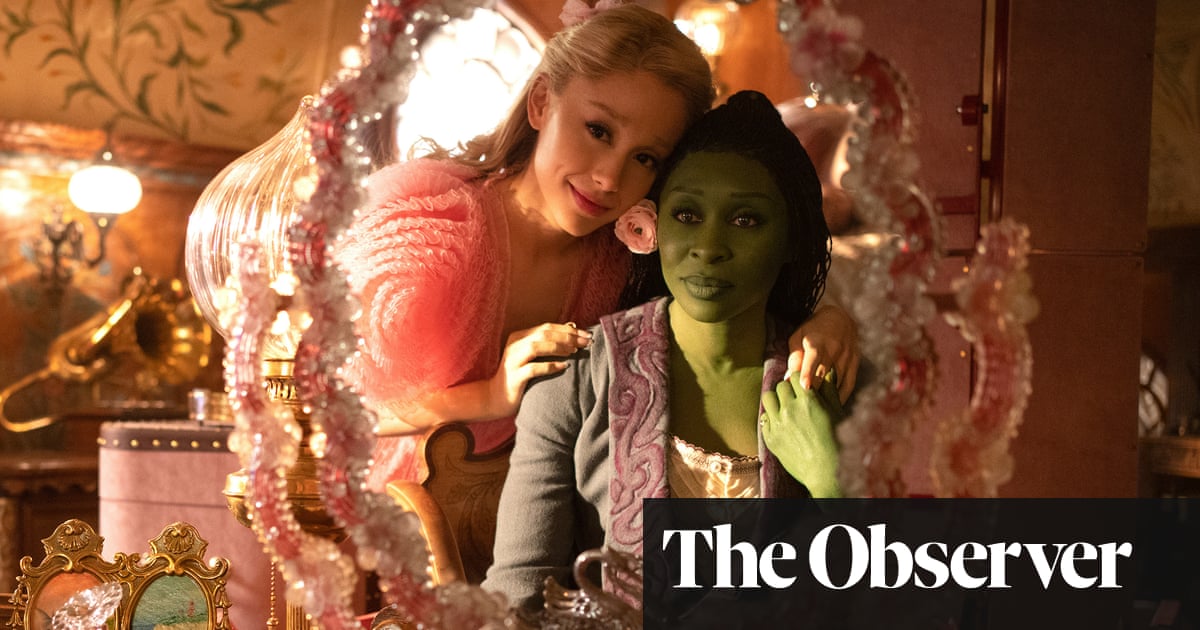Bussiness
Elon Musk reveals Tesla’s Robotaxi and Robovan
- Elon Musk just unveiled Tesla’s Robotaxi at the company’s “We, Robot” event in Los Angeles.
- The autonomous vehicle, which has faced delays, is a key part of Musk’s vision for a Tesla ride-hailing network.
- Musk has said the “value of Tesla overwhelmingly is autonomy.”
Tesla’s long-awaited Robotaxi has finally been revealed.
Elon Musk showed off Tesla’s upcoming driverless taxi at its “We, Robot” on Thursday evening.
The unveiling took place at Warner Bros. Discovery’s movie studio in Burbank, California, which features a suburban lot. The location allowed Tesla to show off its autonomous driving capabilities without running into any unexpected situations with traffic.
Musk walked into the event and entered a sleek-looking silver Robotaxi, a two-door vehicle that opened upward with butterfly-style doors. The Robotaxi, also referred to as Cybercab, then took Musk on a ride around the lot before he exited and took the stage to kick off the event.
Musk said the Robotaxi has no steering wheel or pedals, and does not need to be plugged in. Instead, he said the electric vehicle relies on inductive charging and simply needs to drive over the charger to charge.
Musk said Tesla had at least 20 Cybercabs, and that there were 50 fully autonomous vehicles at the event, some of which were already driving around without any people in them.
Musk said Tesla would have unsupervised fully autonomous vehicles, the Model 3 and the Model Y, on the road in California and Texas next year, and that the Cybercab would be in production before 2027. However, Musk himself noted his tendency to be optimistic on timelines, regularly delivering products later than he initially estimates.
Tesla
He also said the Cybercabs would be available to buy. He expects them to cost less than $30,000.
Tesla gave more details in a post on X, announcing that the Robotaxi service would have no driver fee and that the fully self-driving vehicles would use cameras alone, rather than radar or lidar equipment. The company also said customers could call the Robotaxi once and use it for as long as it’s needed, whether for a short trip or for a full day.
Musk did not share many specifics about the technology behind the Robotaxis or the safety features. Tesla has been scrutinized in the past over the safety of its driver-assistance systems.
Tesla also announced the Robovan, a large shuttle van that Musk said could seat up to 20 people.
Screenshot
Musk also touted Optimus, a humanoid robot that he said would cost $28,000 to $30,000, but did not share a timeline on when the robot would be available.
“I think this will be the biggest product ever, of any kind,” Musk said, adding, “I think everyone’s going to want their Optimus buddy.”
At the end of the presentation, several of the robots danced on the stage to a light show.
Screengrab
In a post on X ahead of the reveal, Musk said Tesla created a “futuristic world” at the studio lot, resharing photos of a pamphlet from the event. The photos included a map that showed four separate areas that had been assigned titles that included “TSLA Theater,” “New York,” “Metropolis,” and “Westworld.” The handout said guests could visit the different areas for things like Texas BBQ, arcade games, and a block party complete with street performers.
“Welcome to the Future,” the pamphlet said.
The event got off to a late start, kicking off nearly an hour later than planned, which Musk said in an X post was due to someone in the crowd having a medical emergency.
The reveal was also live-streamed on X, Musk’s social-media platform formerly known as Twitter, and had over 3 million viewers at one point.
The unveiling of Tesla’s latest vehicle is a major milestone for the company and has been highly anticipated for years. Tesla initially planned to unveil the Robotaxi in August but pushed back the date due to Musk requesting an “important design change to the front” of the vehicle, he wrote in a post on his social media platform, X. He also said the “extra time” would allow the company to “show off a few other things.”
The Tesla CEO has said reaching full autonomy is key to Tesla’s success in the future.
“The value of Tesla overwhelmingly is autonomy,” Musk told investors in July.
Musk, in the last decade, has made repeated predictions about when the technology, which also faces regulation hurdles, will be ready. Tesla’s Autopilot driver-assist software is widely available, but the optional Full-Self-Driving upgrade is still considered beta software and requires constant human supervision and a readiness to take over driving. In 2016, Musk said during a press call that a Tesla vehicle would autonomously drive from Los Angeles to New York City by 2017. In 2019, the billionaire said at a conference that Tesla would have a million Robotaxis on the road in 2020. By 2022, the timeline moved to 2023.
Despite Musk’s optimistic outlook, Tesla’s self-driving technology has faced significant challenges and regulatory scrutiny. A recent National Highway Traffic Safety Administration report said it was investigating hundreds of crashes where Autopilot was involved, which resulted in 29 fatalities.
While previous Tesla vehicles have Level 2 autonomy, Alphabet-owned Waymo, which has partnered with Uber, has reached Level 4 autonomy, which means the vehicle can drive without anyone behind the wheel in some cities in the US.
Some analysts don’t expect fully autonomous Robotaxis for several more years. In the meantime, regulatory approval for the Robotaxi and its unsupervised full self-driving technology will be a main hurdle for Tesla to overcome in the coming months and years.










:max_bytes(150000):strip_icc()/112224-Italian-Women-SOC-2ba7f334385f425eb3457165b6172638.jpg)